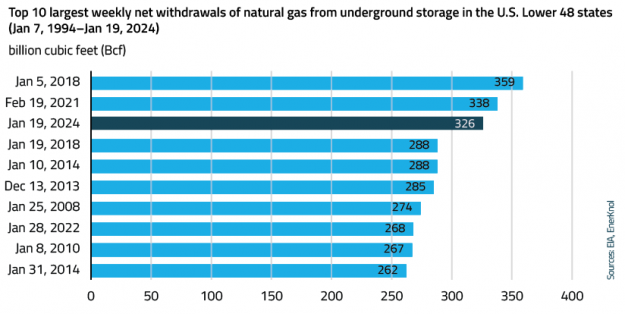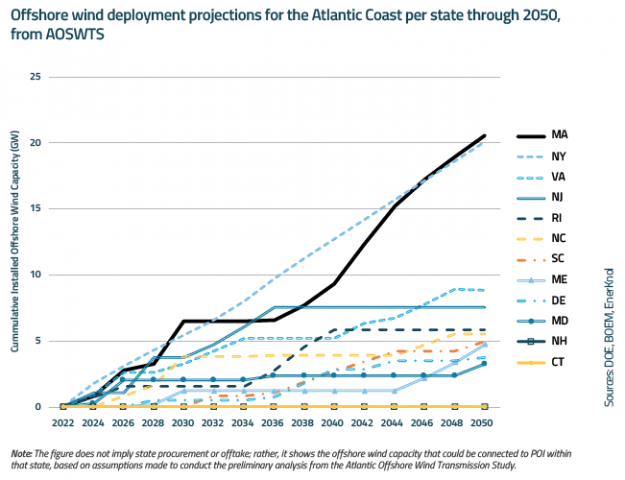Visual Primer: States Enhance Oversight of Utility Resource Planning
There is a growing focus on enhancing oversight, transparency, and stakeholder engagement in the integrated resource planning process for electric utilities across various states. The pursuit for a low-carbon future is driving the need for innovative policy initiatives to maximize renewable energy utilization and maintain grid reliability. Integrated resource plans (IRPs) that utilities file with state commissions identify the optimal mix of resources required to serve customers over a long-term planning horizon.











